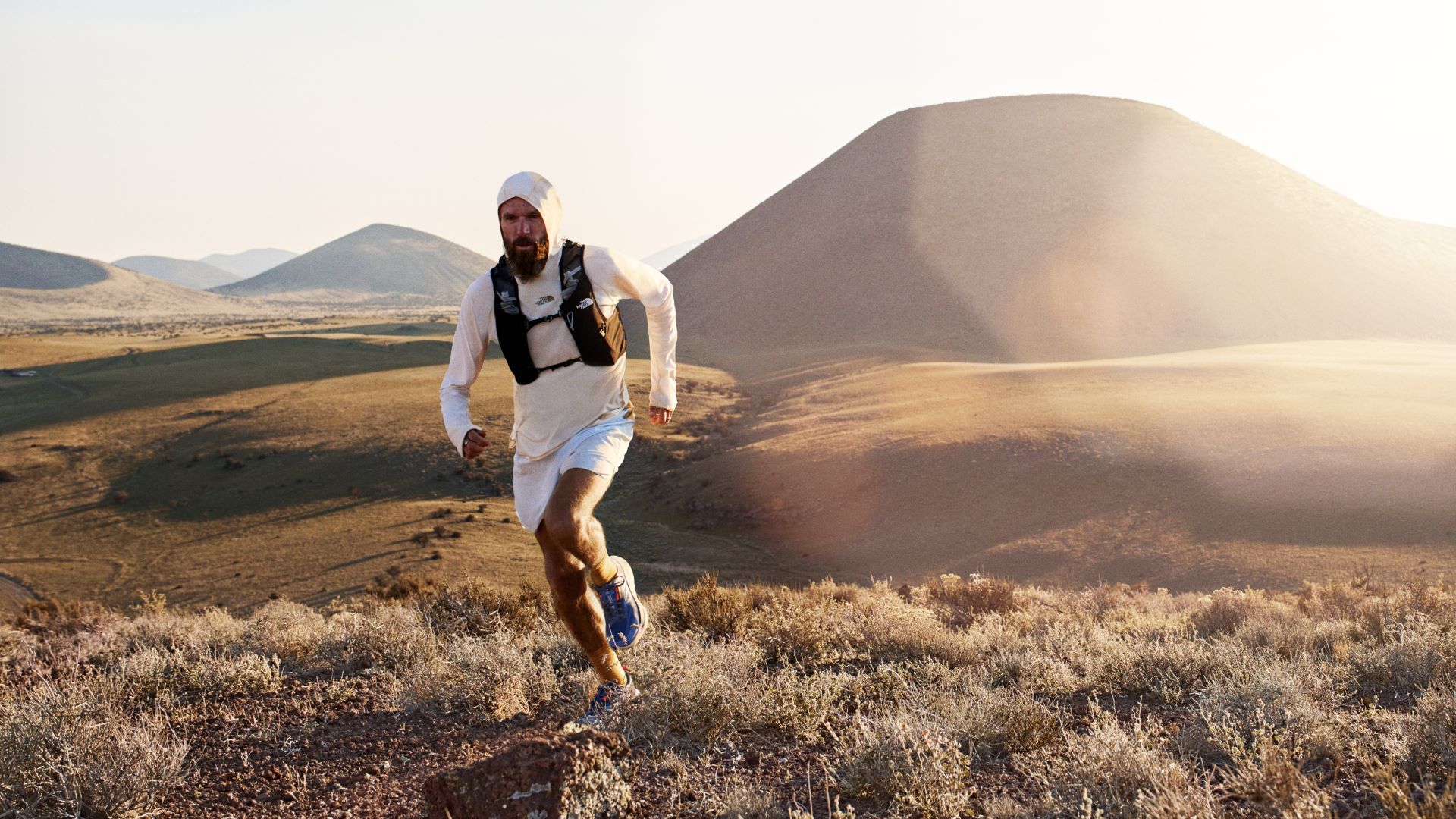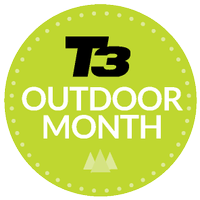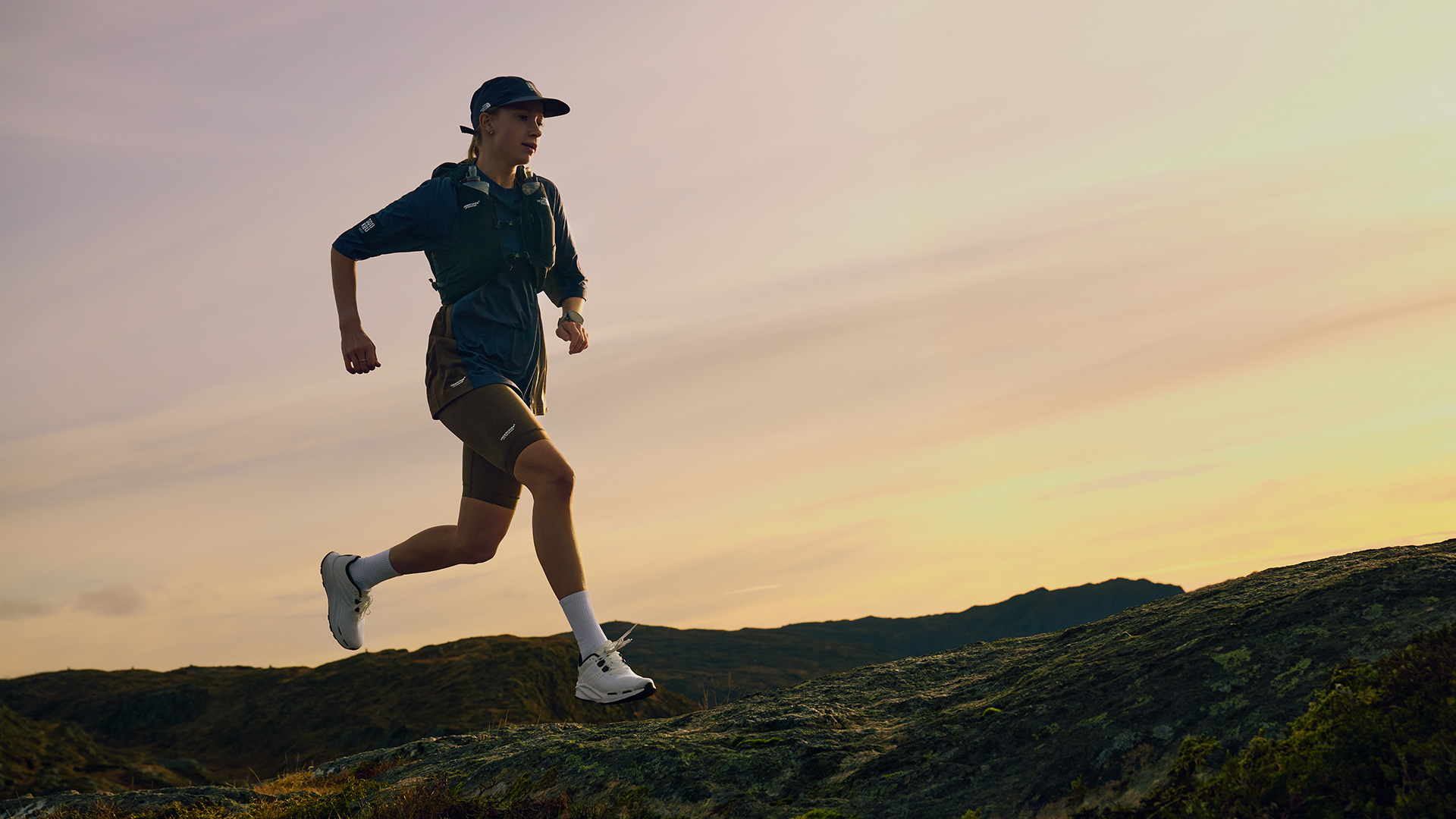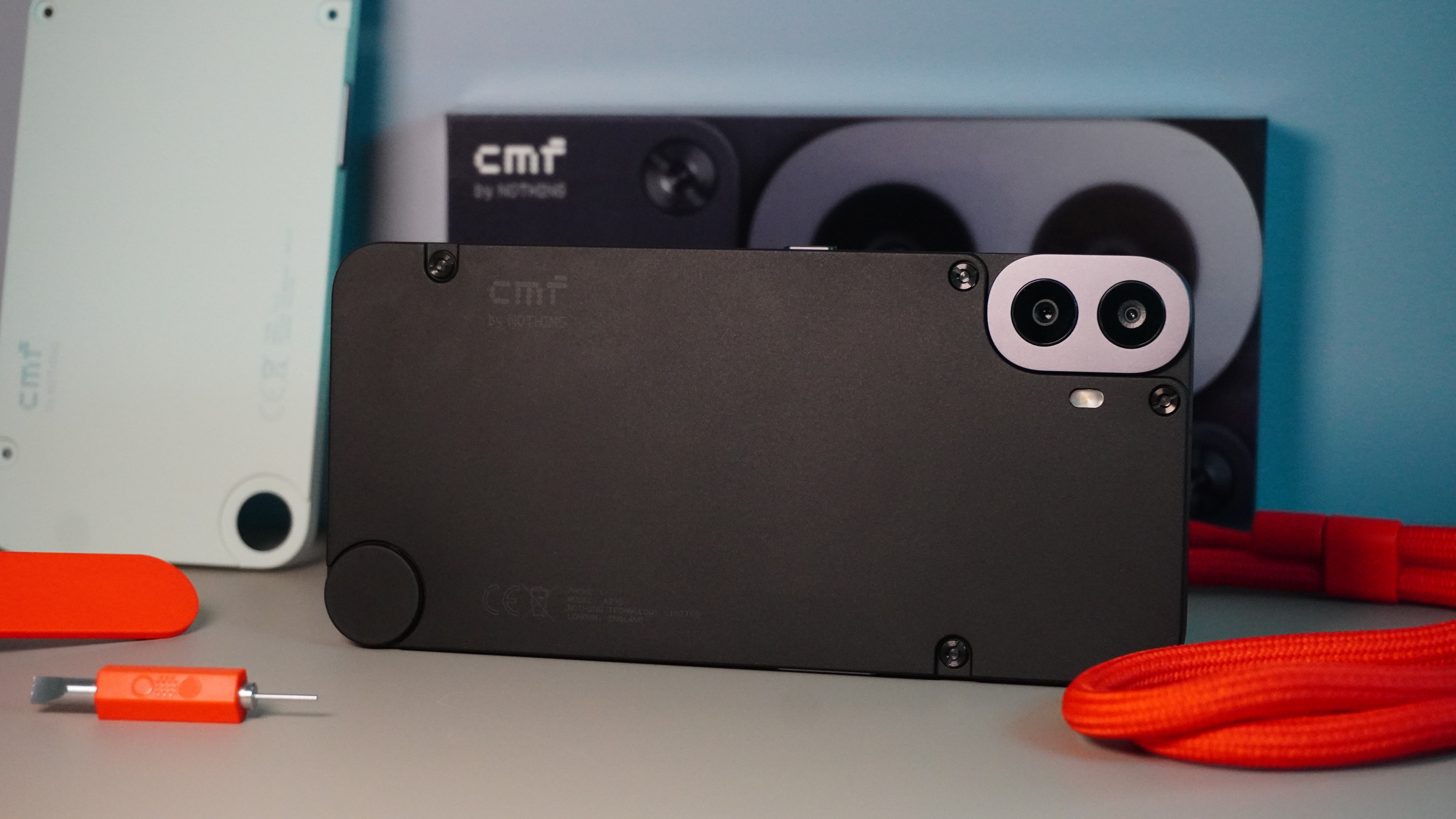


Much like how running underwent a transformation during the pandemic/lockdown period, trail running is experiencing changes, with more athletes swapping pavement for dirt roads.
As more beginner trail runners enter the scene, it's only natural that they will apply their knowledge about road running shoes to trail running shoes. However, there are some caveats every beginner trail runner should pay attention to to avoid blisters, discomfort, and potential injury.
The right fit in trail running shoes is about balancing space and security. Your toes need room to move and splay, your heel should stay firmly in place, and your midfoot should be snug without being tight.
Comfort should be immediate, with flexibility and support that cater to the demands of trail running. Properly fitted trail running shoes can enhance your performance, provide better protection, and make your trail running experience more enjoyable overall.
Let's break down how trail running shoes should fit.
Toe box room
Many trail running shoes feature roomier toe boxes than their road running counterparts. The toe box should have enough space to allow your toes to splay naturally.
This is especially important during long runs when your feet tend to swell. A snug fit in the toe box can lead to blisters and black toenails, particularly on downhill sections where your toes can repeatedly hit the front of the shoe.
Sign up to the T3 newsletter for smarter living straight to your inbox
Get all the latest news, reviews, deals and buying guides on gorgeous tech, home and active products from the T3 experts
Take a look at the Adidas Terrex Agravic Speed Ultra and the Nike Ultrafly Trail. Both feature roomier toe boxes, ensuring you won't feel any discomfort when descending and allowing you to achieve higher speeds.
As a general rule (of thumb), there should be about a thumb’s width of space between your longest toe and the end of the shoe. This provides enough room for foot expansion and movement without compromising control and stability.
Midfoot lockdown
The midfoot area of trail running shoes is similar to that of road running shoes in that you want a good lockdown to avoid slippage and chafing. The midfoot area should feel snug but not tight.
This part of the shoe needs to offer support and prevent excessive movement of the foot within the shoe, which can lead to blisters and discomfort. However, it should not be so tight that it restricts natural foot movement or circulation.
The ASICS GEL-Trabuco 10 is a good example of support trail running shoes. They are stiffer than your average pair but will help overpronators manage their stride off-road.
Pay attention to the level of arch support. Depending on their foot type (flat, neutral, or high arches), some trail runners may need more arch support. Custom or aftermarket insoles can be used to improve fit and support if necessary.

Heel fit
Off-road trails can be pretty demanding. The uneven terrain poses more challenges than flat tarmac, so securing your heel is paramount. Your heel should fit snugly in the back of the shoe without slipping. Heel slippage can cause instability and increase the risk of ankle injuries.
Lacing is also important, as proper lacing can enhance heel fit. Techniques such as the heel lock or runner’s loop can help secure your heel more effectively, providing a better fit and preventing movement within the shoe.
Comfort and Flexibility
Trail running shoes should feel comfortable right out of the box. While some might need a short break-in period, significant discomfort from the start usually indicates a poor fit.
The shoe should offer a good balance of flexibility and support. Too stiff, and your foot won't move naturally; too flexible, and you might lack the necessary support on rugged terrain. The right balance helps you adapt to varied trail surfaces and maintain a natural running gait.

Matt Kollat is a journalist and content creator who works for T3.com and its magazine counterpart as an Active Editor. His areas of expertise include wearables, drones, fitness equipment, nutrition and outdoor gear. He joined T3 in 2019. His byline appears in several publications, including Techradar and Fit&Well, and more. Matt also collaborated with other content creators (e.g. Garage Gym Reviews) and judged many awards, such as the European Specialist Sports Nutrition Alliance's ESSNawards. When he isn't working out, running or cycling, you'll find him roaming the countryside and trying out new podcasting and content creation equipment.
-
 I just played new Mario Kart on Switch 2, now June is too far away
I just played new Mario Kart on Switch 2, now June is too far awayIt might not be the 3D Mario game we'd expected, but Mario Kart World on Nintendo Switch 2 is super fun
By Mike Lowe
-
 Nothing's next phone could be a budget powerhouse, thanks to this confirmed hardware detail
Nothing's next phone could be a budget powerhouse, thanks to this confirmed hardware detailOfficial details reveal more about the next phone coming from Nothing
By Chris Hall